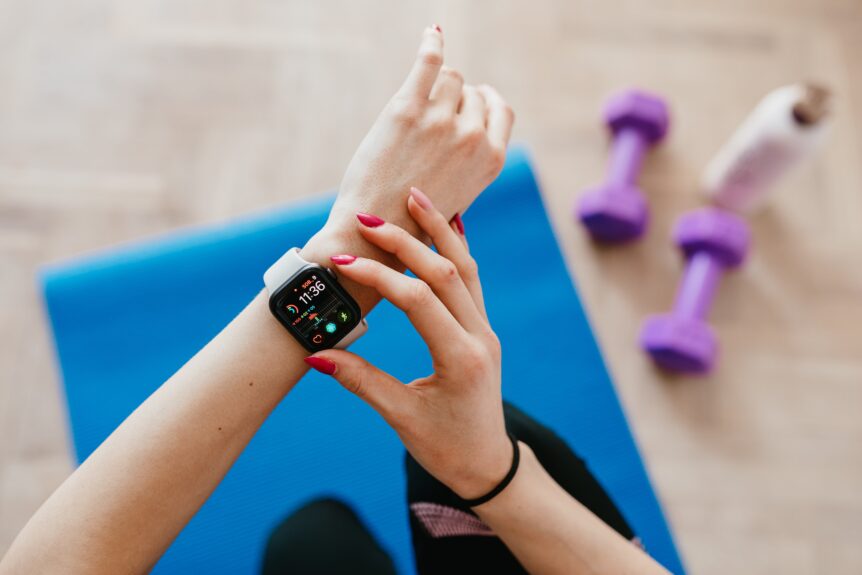Longhini, J., Marzaro, C., Bargeri, S., Palese, A., Dell’Isola, A., Turolla, A., Pillastrini, P., Battista, S., Castellini, G., Cook, C., Gianola, S. & Rossettini, G. Wearable Devices to Improve Physical Activity and Reduce Sedentary Behaviour: An Umbrella Review. Sports Med. – Open 10, 9 (2024).
Several systematic reviews (SRs), with and without meta-analyses, have investigated the use of wearable devices to improve physical activity, and there is a need for frequent and updated syntheses on the topic.
We aimed to evaluate whether using wearable devices increased physical activity and reduced sedentary behaviour in adults.
We conducted an umbrella review searching PubMed, Cumulative Index to Nursing and Allied Health Literature, the Cochrane Library, MedRxiv, Rxiv and bioRxiv databases up to February 5th, 2023. We included all SRs that evaluated the efficacy of interventions when wearable devices were used to measure physical activity in adults aged over 18 years. The primary outcomes were physical activity and sedentary behaviour measured as the number of steps per day, minutes of moderate to vigorous physical activity (MVPA) per week, and minutes of sedentary behaviour (SB) per day. We assessed the methodological quality of each SR using the Assessment of Multiple Systematic Reviews, version 2 (AMSTAR 2) and the certainty of evidence of each outcome measure using the GRADE (Grading of Recommendations, Assessment, Development, and Evaluations). We interpreted the results using a decision-making framework examining the clinical relevance and the concordances or discordances of the SR effect size.
Fifty-one SRs were included, of which 38 included meta-analyses (302 unique primary studies). Of the included SRs, 72.5% were rated as ‘critically low methodological quality’. Overall, with a slight overlap of primary studies (corrected cover area: 3.87% for steps per day, 3.12% for MVPA, 4.06% for SB) and low-to-moderate certainty of the evidence, the use of WDs may increase PA by a median of 1,312.23 (IQR 627–1854) steps per day and 57.8 (IQR 37.7 to 107.3) minutes per week of MVPA. Uncertainty is present for PA in pathologies and older adults subgroups and for SB in mixed and older adults subgroups (large confidence intervals).

